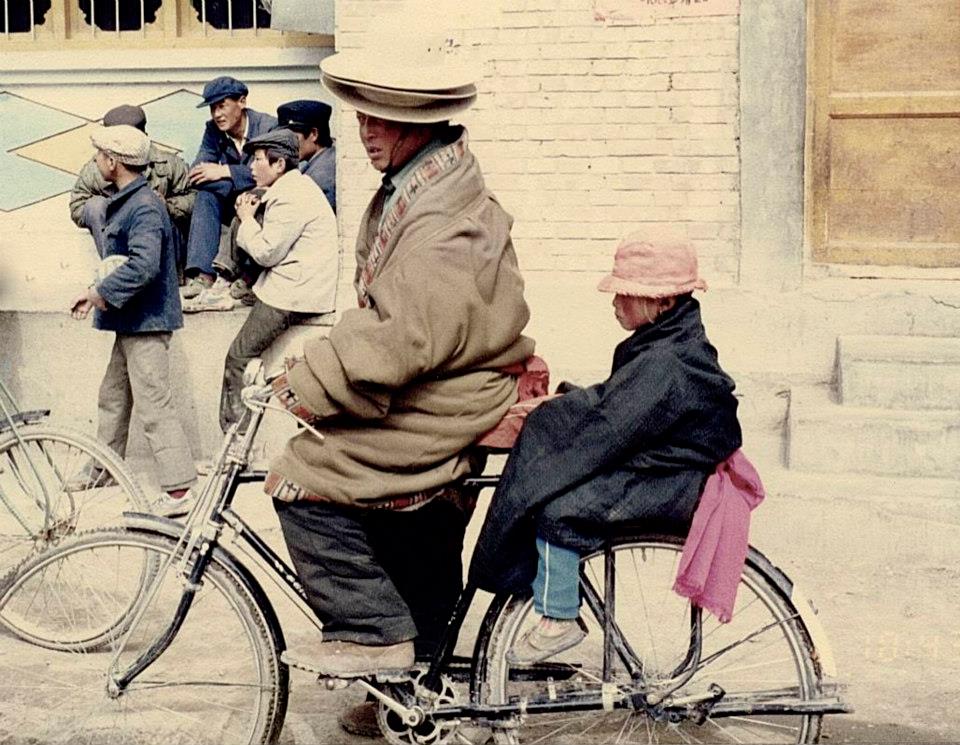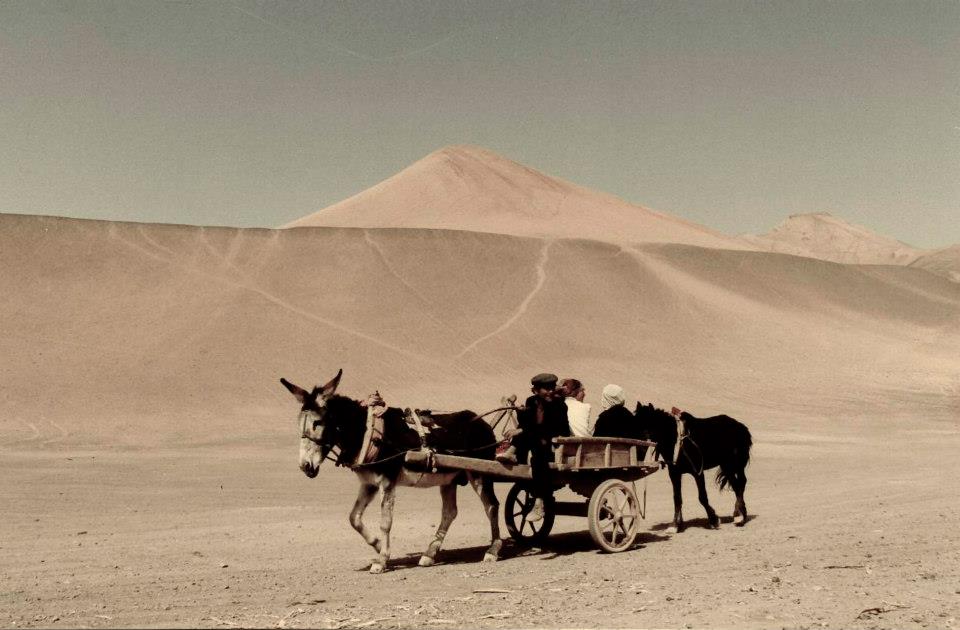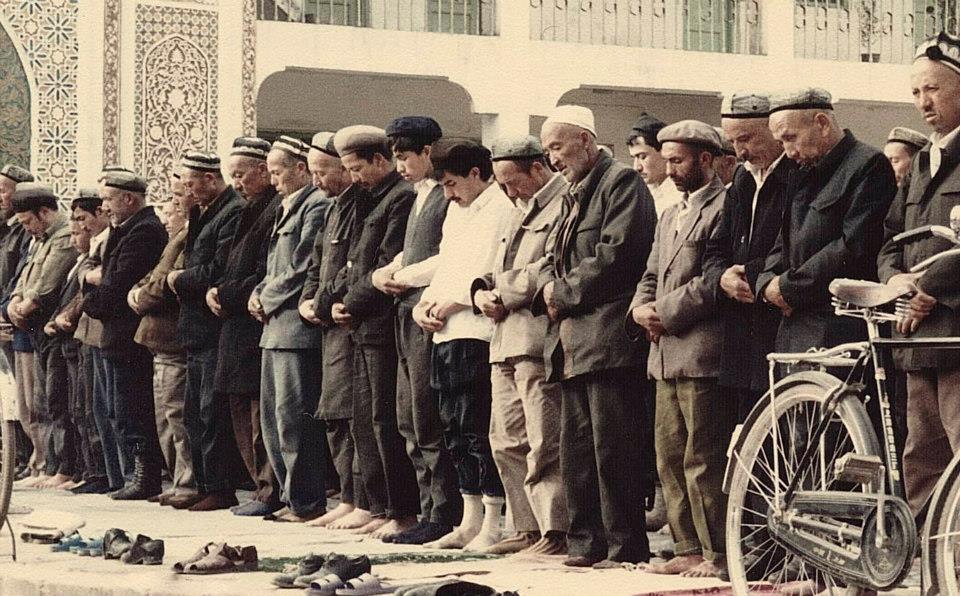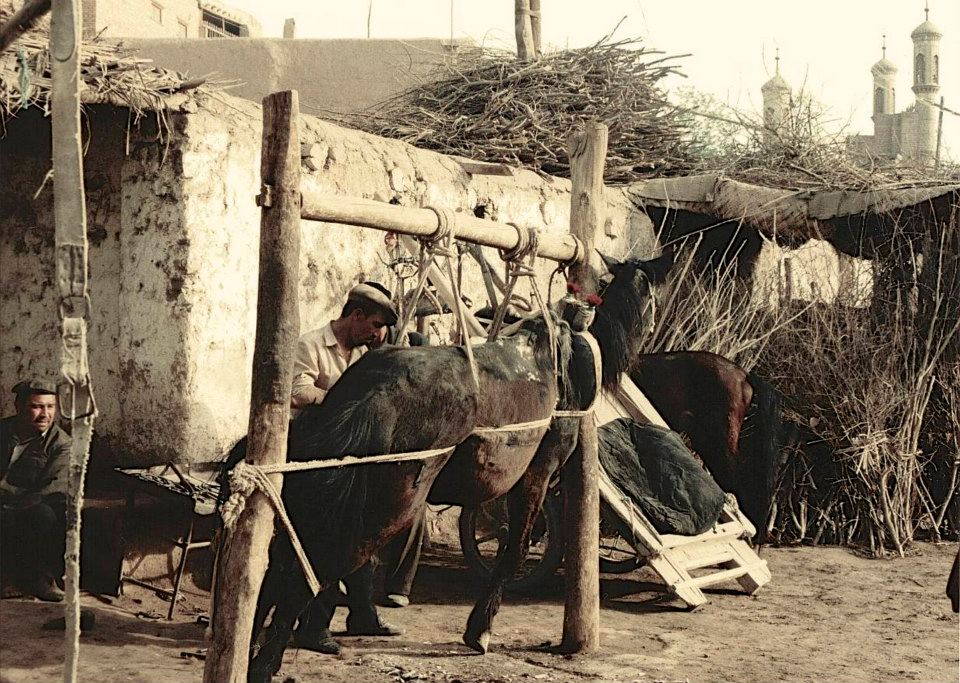In 1993, my then girlfriend (now my wife), 3 other friends and I, embarked on one of the most memorable road trips of our lifetimes. Feeling nostalgic, we dug up our photo album, now covered with dust, spotted with yellow and looking like a dinosaur. Though the photos had faded, they rekindled vivid memories of the sights, sounds and smell of the trip. We had flashbacks of some truly unforgettable encounters: a horrific night when we tried sleeping at the Guangzhou train station to save hotel costs, the heart-warming friendships we forged in Xi’an, the numbing cold of Kokonor, the pelting sandstorms during the 36 hours butt-breaking chicken bus ride across the Taklimakan, the angry melon vendor who wielded his knife when we did not buy his melons, the dirty and doorless toilets, communal bathings, mouthwatering kebabs, breathtaking sceneries of the Karakoram mountains, and many more. The images evoked a sense of time travel even at that time. Fast forwarding to 2018, we wonder how those mesmerizing places and their people have changed due to recent political situations in those areas.
I remember our research prior to the trip involved hours at the Stamford Road National Library and MPH bookstores. We made photocopies of Lonely Planet maps and hostel addresses. We heard about a mystical Labrang monastery said to be more Tibetan than Tibet, but we could only find limited literature and no pictures of it as it was opened to foreign tourists only in the late 80s. We conjured our own images of the utopia, and imagination was the very reason why the journey seemed closer to the Marco Polo experience. Today, few corners of the earth are remote enough to be untraceable in Google image, Google earth, Youtube or TripAdvisor. Even a chicken bus timetable in remote places could be found with a few clicks to make your travel more predictable.
I remember us having to ration rolls of bulky Kodak and Konica films, only to know how screwed up the cameraman was after we returned home. We also had to look out for IDD booths, post offices and banks, to call home, send postcards and encash travellers’ cheques. Today, with just a few SD cards and a mobile, we can take thousands of instantly viewable photos and videos and send live updates on Facebook to share with friends and even ask for help online if we run into troubles. If we run out of money, we can mobilise our plastic cards.
We have aged but are still curious to see more of this vast and fast evolving world. As places get better connected, they become more homogenous and the world feels smaller. We have more resources ($!) but less energy and less time, so we make full use of technology to make our journeys more predictable, safe and comfortable. Our journeys today are compact, less imaginative, and we focus on the destinations rather than taking time to savour the journey.

















































